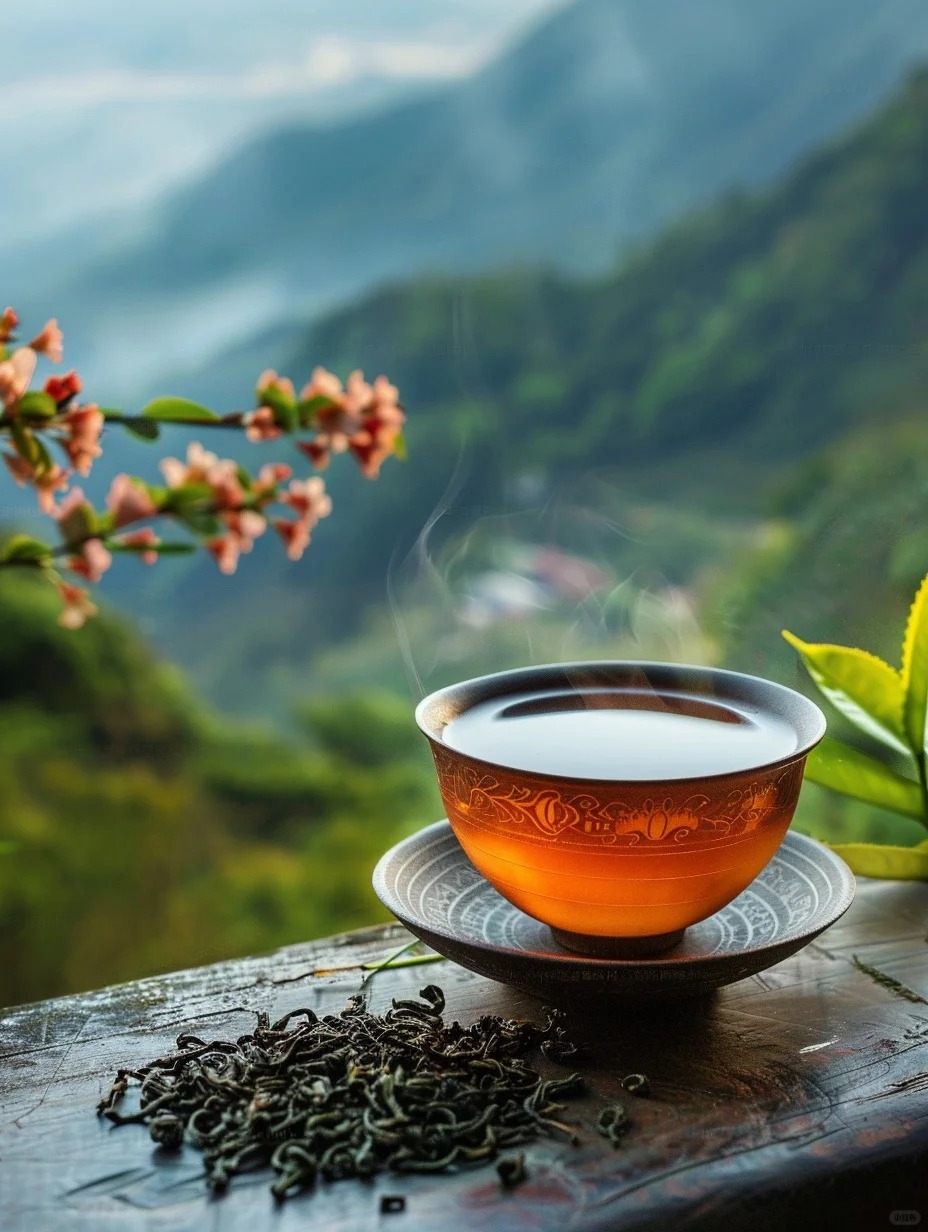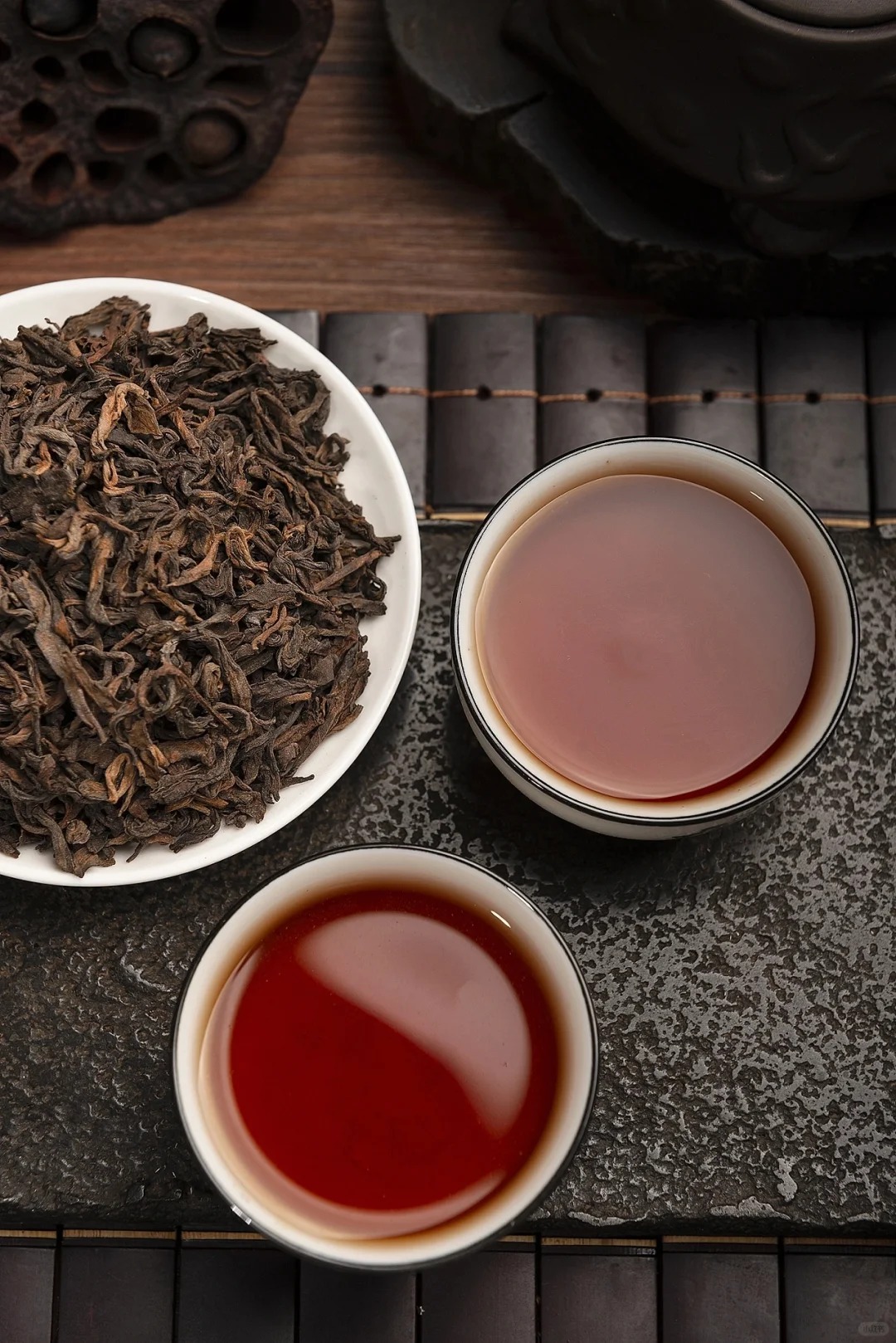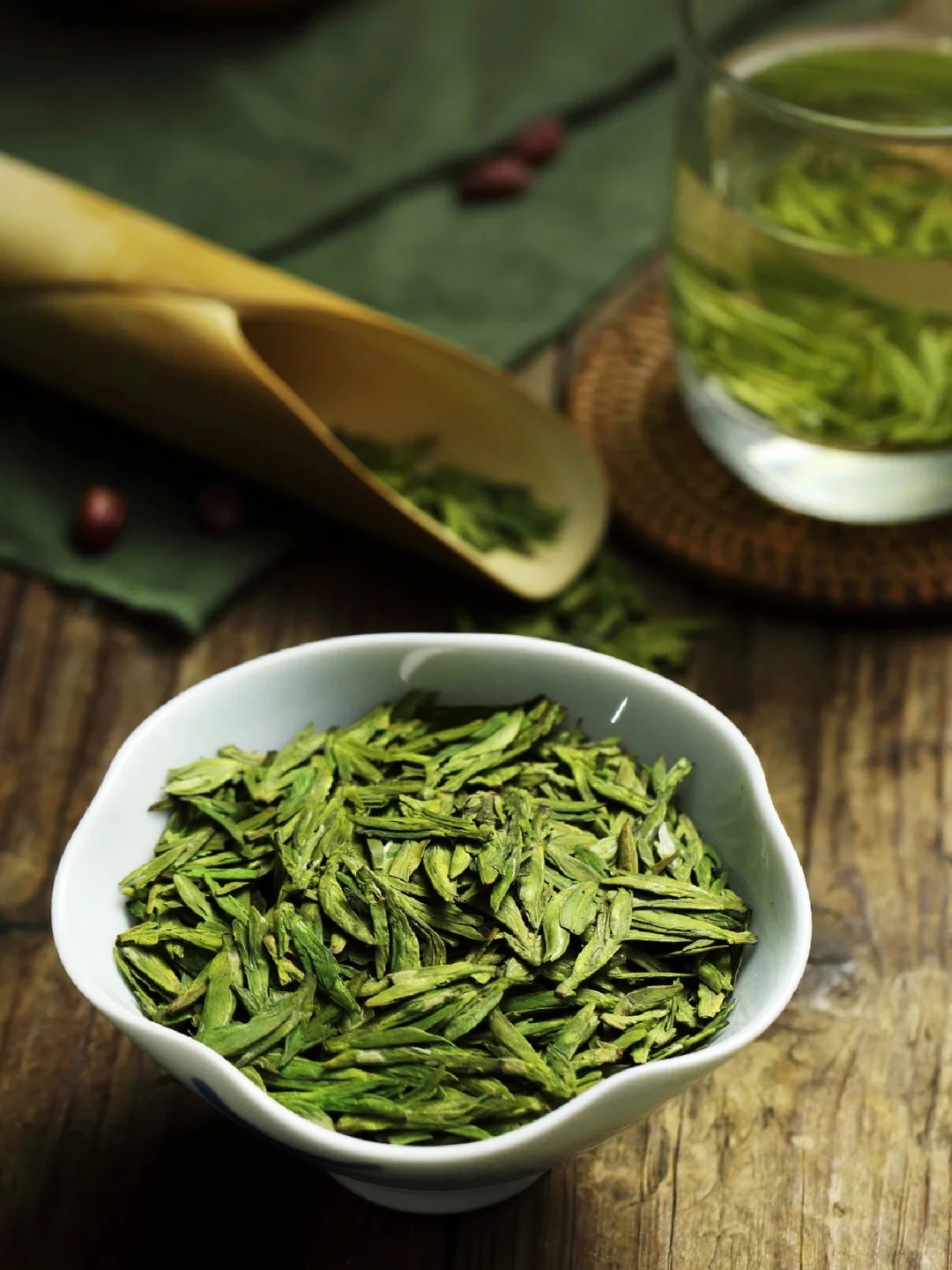Introduction to Chinese Tea Regions
China, the birthplace of tea, boasts a rich tapestry of tea-producing regions, each with its unique character and flavors. The story of Chinese tea stretches back over 5,000 years, intertwining with the country’s history, culture, and landscapes.
The geographical diversity of China plays a crucial role in its tea production. From misty mountains to lush valleys, each region imparts distinct characteristics to its teas. This concept, known as terroir, is as significant in tea as it is in wine, influencing flavor profiles, aromas, and even health benefits.
Chinese tea regions are not just agricultural areas; they are living museums of tradition, innovation, and natural beauty. Let’s embark on a journey through some of China’s most renowned tea regions.

Fujian Province: Oolong and White Tea Paradise
Fujian, a coastal province in southeastern China, is revered for its oolong and white teas. The region’s humid subtropical climate and mountainous terrain create ideal conditions for tea cultivation.
Famous teas from Fujian include:
- Tie Guan Yin: A premium oolong with a rich, floral aroma
- Da Hong Pao: A rock oolong with deep, roasted flavors
- Bai Mudan: A delicate white tea with subtle, sweet notes
The Wuyi Mountains, a UNESCO World Heritage site, are home to some of the most prized oolong teas. Here, tea bushes grow among rocky cliffs, absorbing minerals that contribute to the tea’s unique flavor profile.
Anxi County, known as the home of Tie Guan Yin, showcases the art of partial oxidation in tea processing, resulting in teas with complex flavors and aromas.

Zhejiang Province: Home of Green Tea
Zhejiang, particularly the West Lake area in Hangzhou, is synonymous with some of China’s finest green teas. The region’s mild climate and rich soil contribute to the production of teas with a sweet, mellow flavor.
Renowned teas from Zhejiang include:
- Longjing (Dragon Well): A pan-roasted green tea with a distinctive flat shape
- Bi Luo Chun: A delicate green tea with a fruity aroma
The West Lake area, with its scenic beauty and historical significance, has been a center of tea culture for centuries. The region’s tea plantations, often mist-shrouded, create a picturesque landscape that has inspired poets and artists for generations.

Yunnan Province: Birthplace of Pu-erh Tea
Yunnan, in southwestern China, is home to some of the world’s oldest tea trees and is the birthplace of pu-erh tea. The region’s diverse ethnic minority cultures have contributed to unique tea traditions and processing methods.
Key features of Yunnan’s tea culture:
- Ancient tea forests with trees hundreds of years old
- Pu-erh tea production, including both raw (sheng) and ripe (shou) varieties
- Ethnic minority tea cultures, such as the tea horse road trading routes
Pu-erh tea, known for its earthy flavor and potential health benefits, undergoes a unique fermentation process that allows it to age and improve over time, much like fine wine.

Anhui Province: Black and Green Tea Varieties
Anhui province, located in eastern China, is renowned for both its black and green teas. The region’s mountainous terrain and cool climate contribute to the production of teas with distinct flavors and aromas.
Famous teas from Anhui include:
- Keemun black tea: Known for its wine-like, fruity notes
- Huangshan Mao Feng: A delicate green tea with a sweet, floral taste
Anhui’s tea-producing areas, such as Qimen County and the Yellow Mountains (Huangshan), have preserved traditional processing methods, ensuring the authenticity and quality of their teas.

Other Significant Tea Regions
While Fujian, Zhejiang, Yunnan, and Anhui are perhaps the most famous, several other regions contribute to China’s diverse tea landscape:
| Region | Famous Tea | Characteristics |
|---|---|---|
| Sichuan | Ya’an dark tea | Post-fermented, rich flavor |
| Guangdong | Fenghuang Dancong oolong | Fruity, floral notes |
| Hunan | Anhua dark tea | Aged, smooth taste |
Each of these regions offers unique teas with distinct processing methods and cultural significance.
Visiting Chinese Tea Regions
For tea enthusiasts and cultural explorers, visiting China’s tea regions offers a sensory journey through flavors, aromas, and traditions. Here are some tips for tea tourism:
Best seasons to visit:
- Spring (March-May): First flush harvest, vibrant scenery
- Autumn (September-November): Pleasant weather, second harvest
Tea-related activities:
- Tea plantation tours
- Tea picking experiences
- Traditional tea ceremonies
- Tea tasting workshops
When visiting tea regions, be mindful of cultural differences and local etiquette. For example, in many areas, it’s customary to taste tea before purchasing and to use both hands when serving or receiving tea.

Tips for purchasing authentic regional teas:
- Buy directly from tea farms or reputable local shops
- Learn about the tea’s harvest date and processing method
- Observe the appearance and aroma of the dry leaves
- Don’t hesitate to ask for a tasting before purchasing
Exploring China’s tea regions is not just about tasting different teas; it’s an immersion into landscapes, traditions, and a way of life that has evolved around this beloved beverage. Whether you’re drawn to the misty oolong terraces of Fujian or the ancient pu-erh forests of Yunnan, each region offers a unique window into China’s rich tea culture.





